Visiting the bird Observatory
Everything you need for a day at the Trust's Bird Observatory.
For questions, contact birdlab@trgt.org.
What to Expect on a Visit
Being a bird banding volunteer can be very exciting! You will get to learn about our forest birds and see them up close. The bird researchers appreciate help recording data, setting up and taking down nets, and maintaining the banding station. You may be the lucky one to help release the processed birds, and there are always opportunities for taking photos!
The day starts early, as you will arrive at the banding site at sunrise and begin the process of opening the nets. Throughout the day you will regularly check the nets for birds and bring them back to the station for processing. During processing, each bird receives a USGS metal numbered band, is aged, sexed, weighed, measured, and fat content checked. The banding day is approximately 8 hours long, not including transportation to and from the site.
You will be outdoors the majority of the day. We highly recommend you wear long pants and close-toed shoes at all times of the year, as weather can be very unpredictable. Our sites are rustic. Poison ivy, bees, ticks, and mosquitos are common around all of the banding sites. If you have any allergies please come prepared. Also bring plenty of water, food, and raingear.
We are an active research facility who is working closely with the wild bird population. It is very important that we keep the bird handling time to a minimum in order to lessen stress on the birds. We ask that you respect this request by always keeping your voice low, and keep noises to a minimum. We welcome photographs but ask that you not use a flash, and ask the researcher if it is an appropriate time to snap a picture.
Site Descriptions
Established in 2014, the Banding Laboratory is our longest running banding site and located deep in the River Gorge at the end of Cash Canyon Road. The forest character is typical to what you will find in much of the Gorge, making this a great place to monitor the local breeding birds. Due to the high canopy, we deploy a special canopy net reaching 40ft high to capture some of the specialty breeders. Some common but unique breeders include: Yellow-throated Warbler, Pine Warbler, Blue-gray Gnatcatcher, red-eyed Vireo, and the Yellow-billed Cuckoo. The infrastructure at the Bird Lab is great for hosting groups, as it has a vermiculture privy (a self composting privy that uses earthworms!), 2 rustic cabins, and 2 tent platforms. There is a finished one mile loop trail that was constructed by the Southeast Conservation Corps and signed by the Chattanooga Hiking Club.
The Cash House site is located off Cash Canyon Road, and does not require a 4x4 vehicle to visit. We purchased this property from Benny and Rose Cash in 1988. This site tends to be a busy area due to the dense understory of Privet and Honeysuckle, and large seed bank that is associated with road-side weeds. The Kentucky Warbler, Hooded warbler, and Wood Thrush all breed at this site and can be difficult to find in other areas of the Gorge. There is currently no restroom facility at this site, and our banding occurs under a rustic canopy tent. There is a small road-side pull-out where parking is available. Look for the sign that says: Cash House Bird Banding. Please park above the gate and walk 100m down the dirt driveway to meet us at the banding site. Please do not drive past the gate.
Williams Island State Archaeological Park is a 450 acre park located across from Baylor School in the center of the Tennessee River. It is owned by the State of Tennessee and managed by TRGT. We operate 15 nets in the dense understory on the island. This site is only reachable by boat. There are restroom and free camping facilities on the island.



